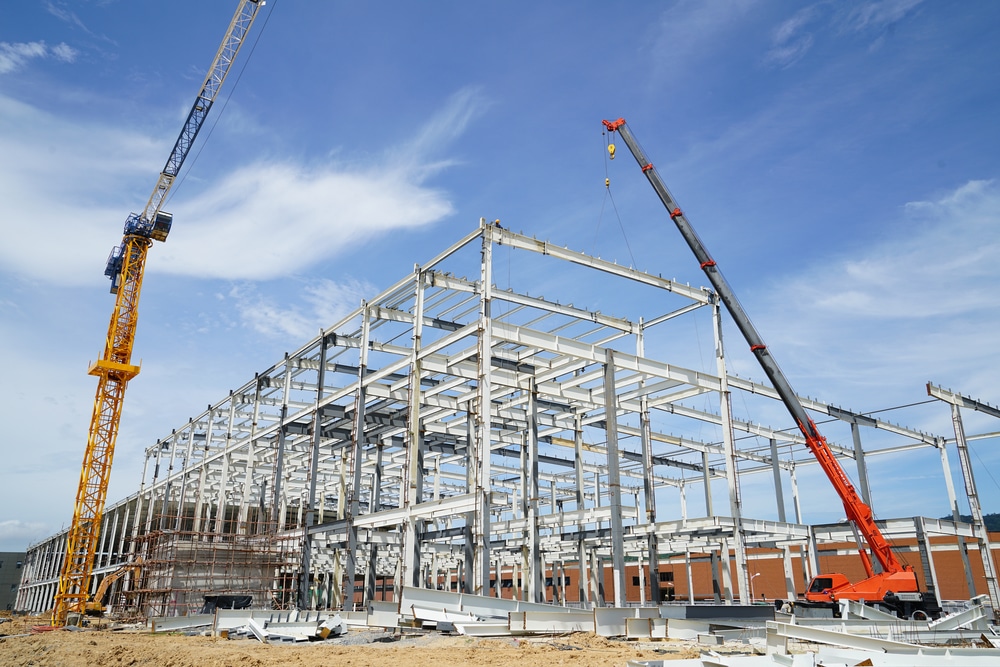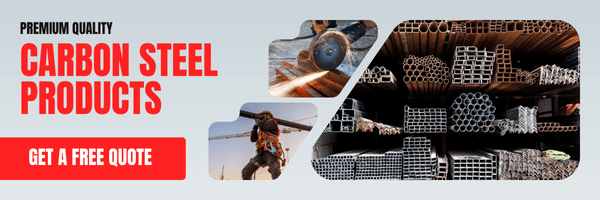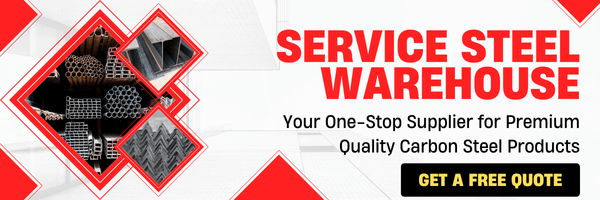Metal C Channels or Purlins: What’s the Difference?
February 29, 2024 | Categorized in: Types

Steel channels and purlins are structural shapes used for support in buildings. “Purlin” is an umbrella term that commonly refers to beams that run the span between rafters. Channels can be used as purlins, but have a wider variety of applications. Both steel channels and steel purlins are usually manufactured via roll-forming, a process in which steel sheets travel through consecutive sets of rollers until it forms the desired shape.
What are purlins in construction?
Purlins are supports installed between the rafters and run parallel to the eaves of a roof. They can be made from wood or metal, provide support for the roof deck, and allow for wider roof construction. Additionally, purlins create a convenient platform to install roofing tiles and sheets.
Types of purlins
The most common types of purlins are “Z” and “C” shaped purlins. Both are lightweight in construction and used in the secondary framework of building projects. Manufactured Z purlins and C purlins have pre-drilled holes for mounting roofing sheets.
- C-shaped purlins normally look like thinner U channels, and the legs have a slight curl inwards at the end. They don’t offer the same load-bearing capacity as steel channels — so more purlins are needed for heavier roofs. For example, roofing projects accounting for snow have purlins with less spacing between them.
- Z purlins allow for overlapping during construction, ensuring greater stability and rigidity. However, this can create a costly roofing system as more materials are needed in order to complete the design. Also, Z purlins have more mounting options due to their unique shape and multiple contact points. Aptly named, Z purlins have a Z-shaped cross-section and are sometimes referred to as Zed purlins.

Uses for purlins
Purlin framing makes rafters and walls more stable. Unlike channels, this primarily is the extent to which purlins are used. Often, purlins are applied in lighter construction projects. A metal building construction plan (like a warehouse or airplane hanger) calls for a stronger framework, and will most likely use channels or beams instead of purlins.
What are metal channels?
Structural steel channels, the most common of which are known as C channels and MC Channels, are hot-rolled metal strips with a C-shaped cross-section. The middle part of the C is known as the web, and the two parallel sides of the channel are known as the flange, or legs (like a beam). Metal channels are often divided into structural, automotive, and stair channels.
Types of metal channels
Although the most common shape of channels is a C, they can also be rolled into a J or U shape. The main difference between most channels is the thickness and taper of the legs or flanges. A C channel is different from a U channel in that the U channel has thinner, non-tapered legs that are typically longer than a C channel’s. The two most common shapes that you’ll come across, however, are C and MC channels:
- C channels, or standard channels, are used in a multitude of applications. They allow for a different final product than beams due to their smaller size and lighter weight. For that reason, they are commonly used to create the framework of automobiles.
- MC channels, which stands for miscellaneous channels, are also known as parallel flange channels and have flanges that are wider and flat. This makes them easier to mount, bolt, and assemble.
Uses for metal channels
Unlike purlins, metal channels can be used on more than just roofs. They offer stronger stability than purlins due to the material thickness, and are sometimes applied for aesthetic purposes. For example, MC channels can be installed as trim on a stair railing. Purlins are roll-formed from coiled sheet, while channels are hot-rolled at a mill like beams.
Channels are also commonly used when you need a decent amount of surface area to mount building materials. When welded together, channels can form a non-standard beam. Due to their shape, C channels also offer sound-dampening properties when used in wall construction.
The best option: Channels or purlins?
Because channels have a wider variety of applications, ordering purlins and channels for a construction project could be redundant and costly. Steel channels have a thicker gauge and won’t buckle under the same pressure as most purlins. Before ordering a supply of purlins, check to see if the metal channels being used for wall support can also be used for the roof.
Where can you buy steel channels?
Service Steel Warehouse carries a complete line of hot-rolled steel channels, including miscellaneous and standard C channels, with inventory ranging in sizes from 3” to 18”. Check out our finishing services and how we can supply and quickly ship steel channels to you!
Whatever project you have that needs steel, we can supply it. We have structural steel shapes including beams and channels, sheets, plates, and more. Find what you need for your specific project by calling our sales team for a free quote.
